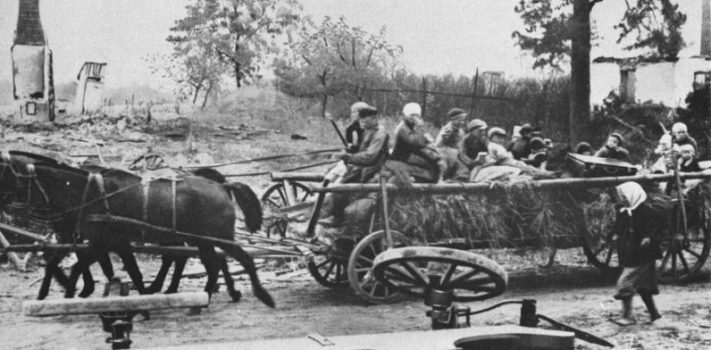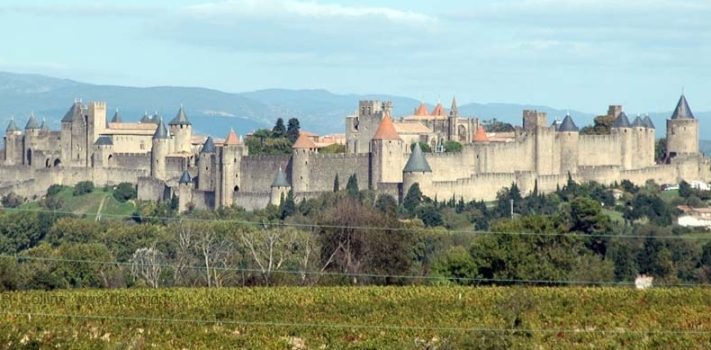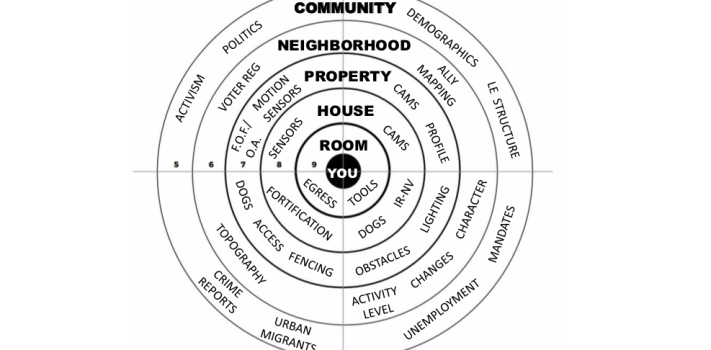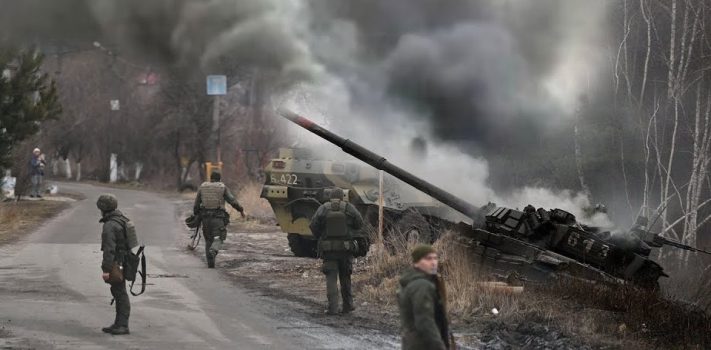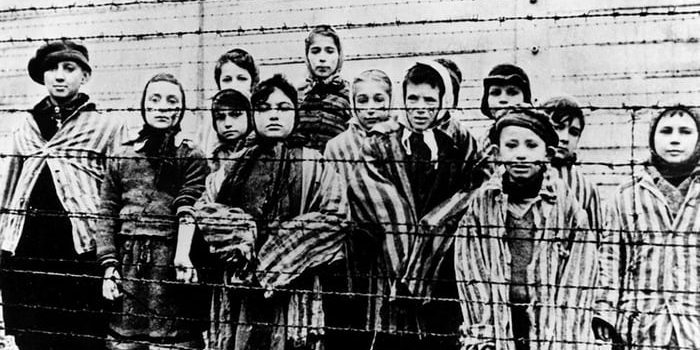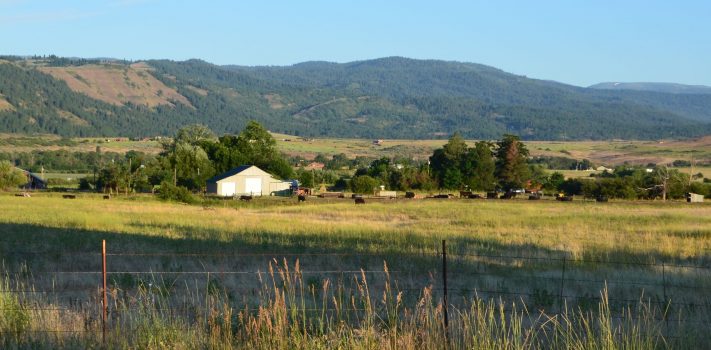Our Experience Living Out of a Car, by M.B.
Living in a 2008 Toyota Prius on the road in the United States during much of the 2020 and 2021 pandemic mandates was an unexpectedly rewarding growth experience. Here are the top five suggestions I have for living on the road out of your car during these times. 1. Be careful where you park when you sleep. The best locations to park for a night are highway rest stops, some Walmarts and at 24-hour gas stations. 2. Buy water by the gallon. Staying hydrated is top priority when living on the road. I like the Crystal Geyser brand spring water. …




